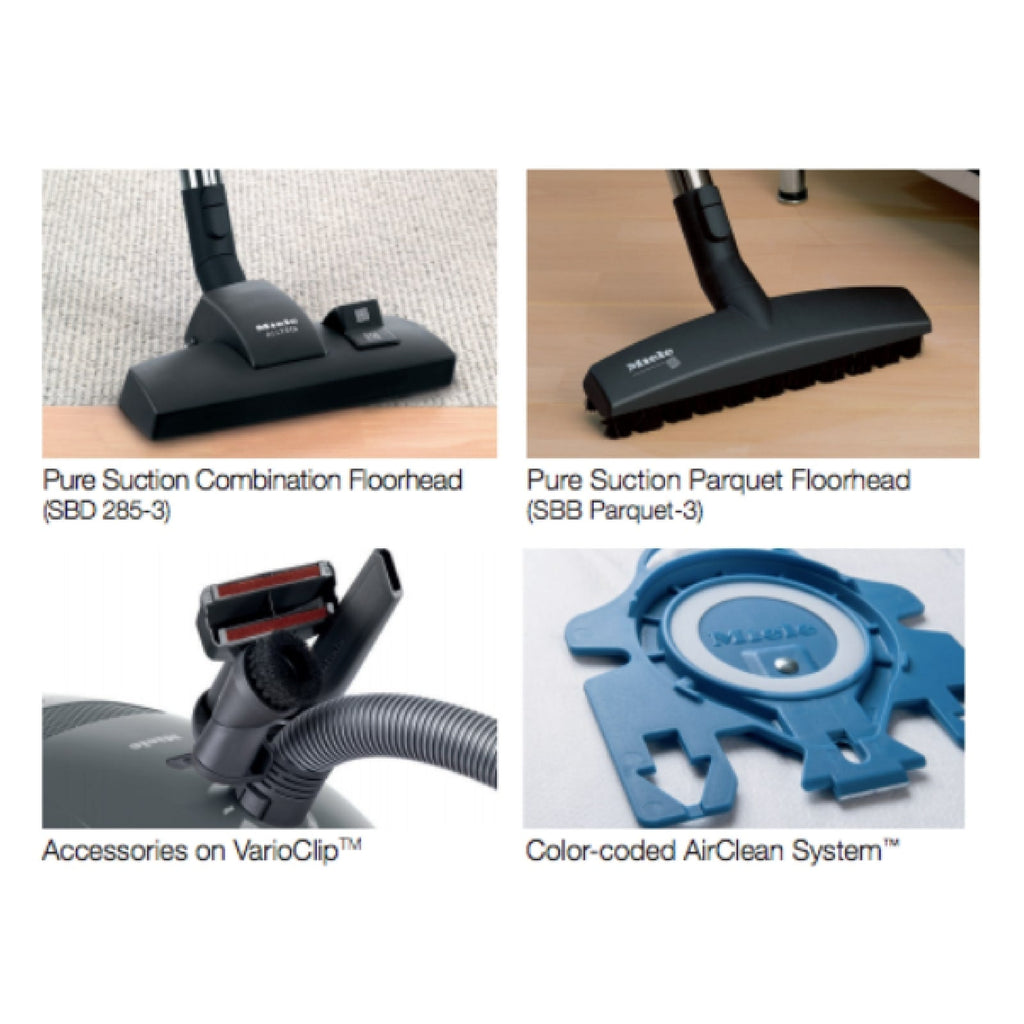How to Unclog a Vacuum Hose
Posted by OLIVIA PAYNE

How to Unclog a Vacuum Hose
A clogged vacuum hose can be a common occurrence while cleaning your home, especially if you accidentally misjudge how much your vacuum can handle. Or maybe you werent paying attention and sucked up something you shouldnt have.
Whatever the reason may be, vacuum cleaners need to be cared for and treated with some level of respect, no matter how heavy duty they look. Especially older models.
But have no fear! In this article we will teach you a few different techniques on how to unclog a vacuum hose as well as offer tips on preventing a vacuum hose clog in the first place.
Step 1: Switch off Your Vacuum
Once you notice the signs of a vacuum hose clog, turn your vacuum off and unplug it if it has a cord. You will most likely realize there is a blockage because the suction is weak or absent.
Step 2: Investigate the Cause of the Clog
The second step you should take is to diagnose your vacuum hose clog visually. You can start by taking a look into the hose and any other attachments.
If you cannot visually see where your hose is clogged, you can drop something small like a marble or coin down the tube and the noise it makes can alert you to the clogs location.
Step 3: Fix the Clog
Carefully disconnect your vacuum hose from the body of the vacuum. After it is loose, you can work on fixing the clog.
To do this, get a broom or other object that is long and rod-shaped and stick it through your hose until it pushes the clogged items through to the other side.
Step 4: Test Your Vacuum
You should have gotten the clog out by now, but stay alert after you plug it back in and turn it on to make sure it is in regular working condition. For example, make sure the suction is back to its normal power.
If it still has weak suction, or no suction at all, there may be a deeper issue with it or there might be an additional clog located in a different part of the vacuum.
Preventing a Vacuum Hose Clog
- Make sure to pick up any larger debris in the room you plan on vacuuming beforehand.
- Only vacuum areas you can see clearly; try not to vacuum blindly underneath your bed or sofas because items like socks or scrunchies can be hidden underneath.
- Use the relevant attachments when vacuuming, such as narrower wands which can help prevent clogging.
- Piles of light debris, such as shredded paper or packing peanuts should be picked up as much as possible before being vacuumed slowly instead of getting sucked into your vacuum all at once, which can cause a clog.
3 Tips to Keep in Mind on Vacuum Clogs
- You dont have to do anything you arent comfortable with. Instead, you can choose to bring your vacuum cleaner to a vacuum repair shop and have them take a look at it.
- Be careful when removing your vacuum hose and any other accessories. Removing your vacuum hose forcefully could damage or break important parts of your vacuum. You should be able to remove it with ease, otherwise you might not be doing it correctly.
- Always check the clog for important items before disposing of it. You might find something important in the mix, like some keys or an important ring.
Hopefully these tips helped you so you can get back to tidying your home. For more information on vacuum cleaners, feel free to contact us here.
And if youre getting tired of your old vacuum always having problems, check out our extensive vacuum cleaner collection here.
SHARE:




